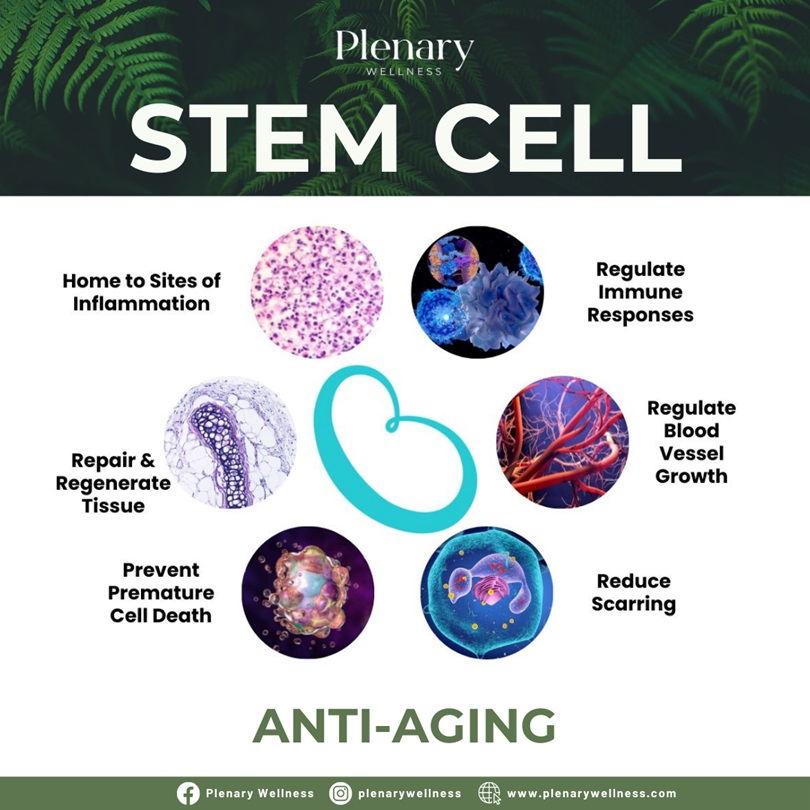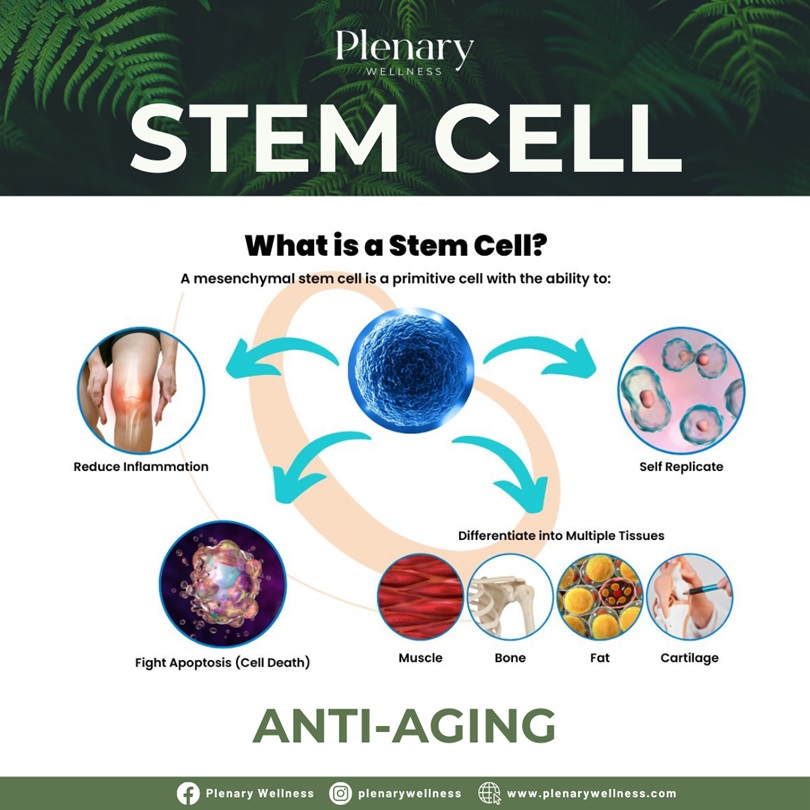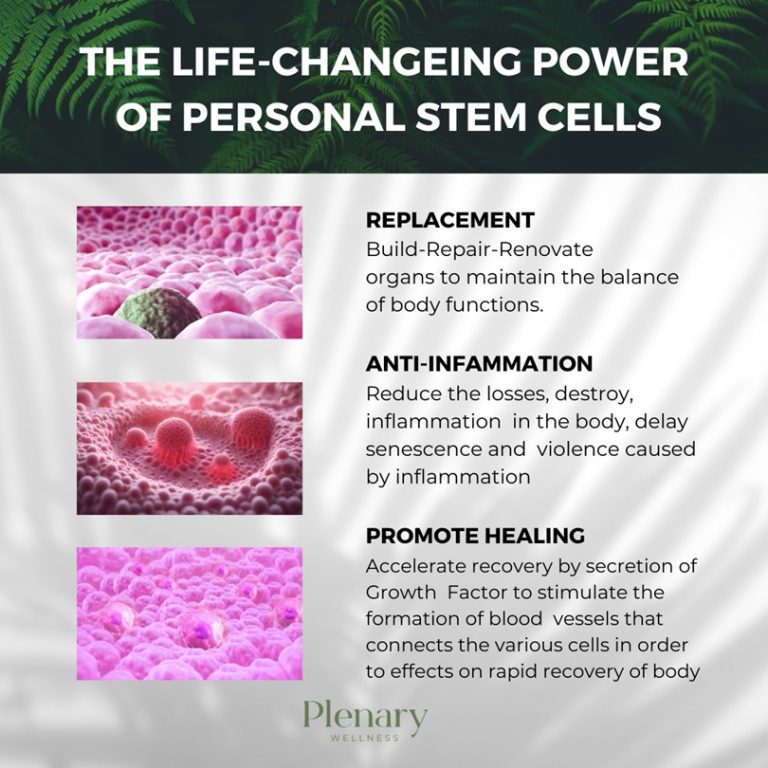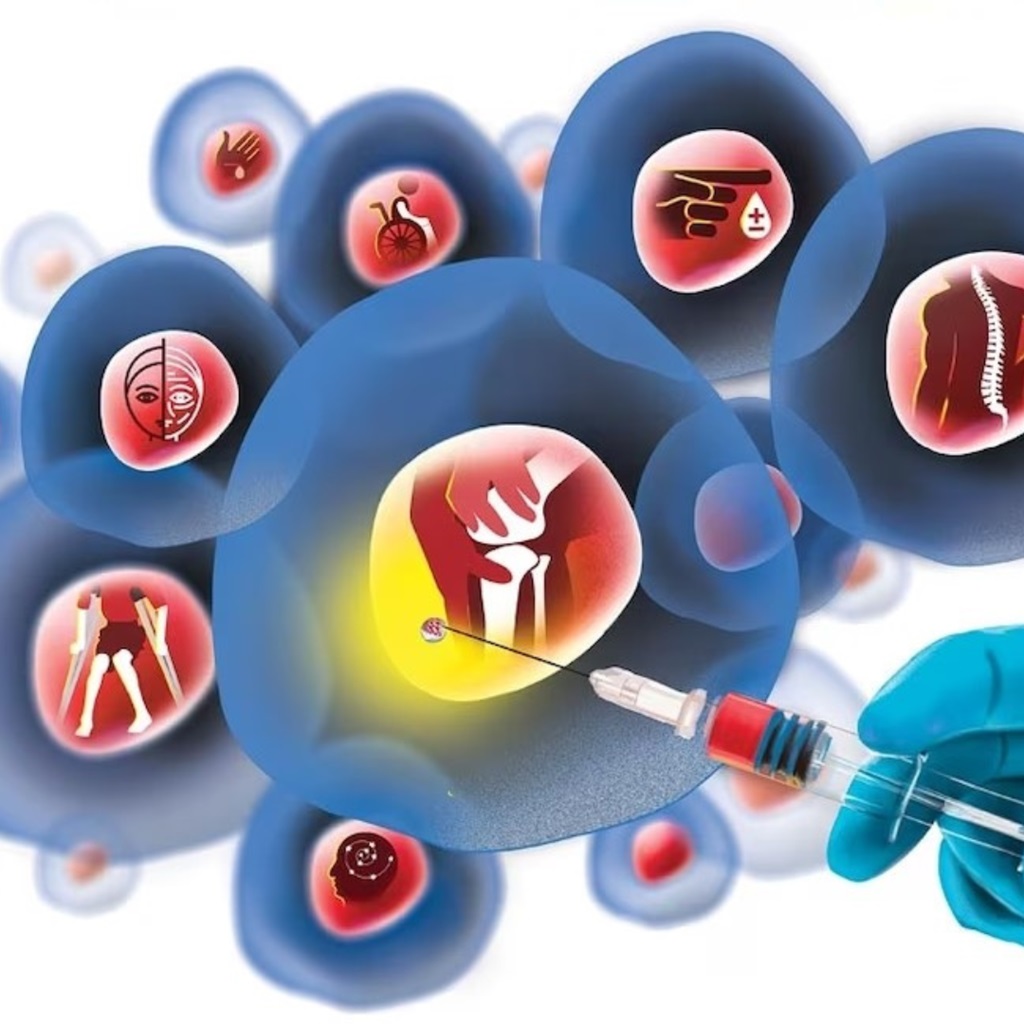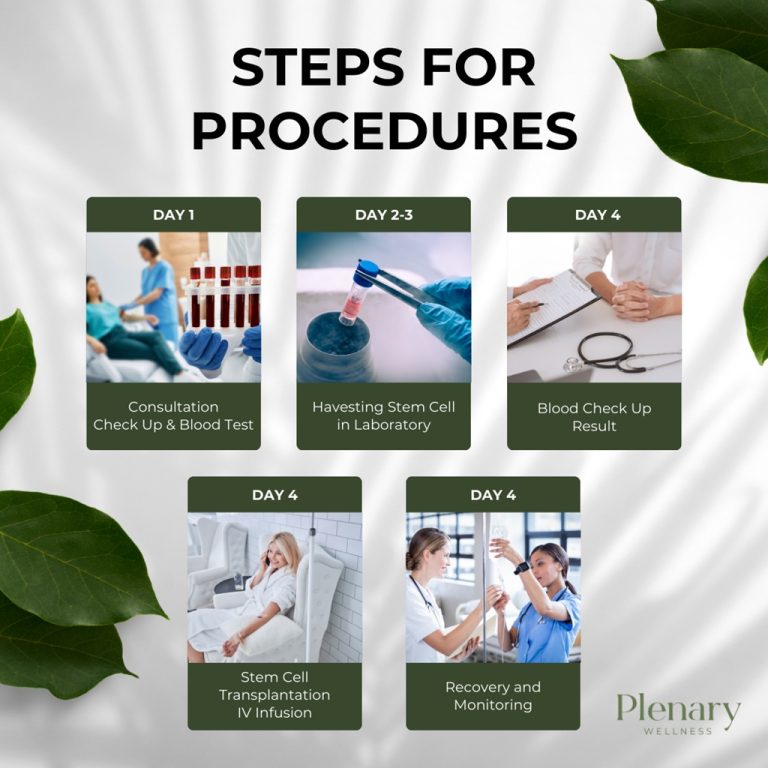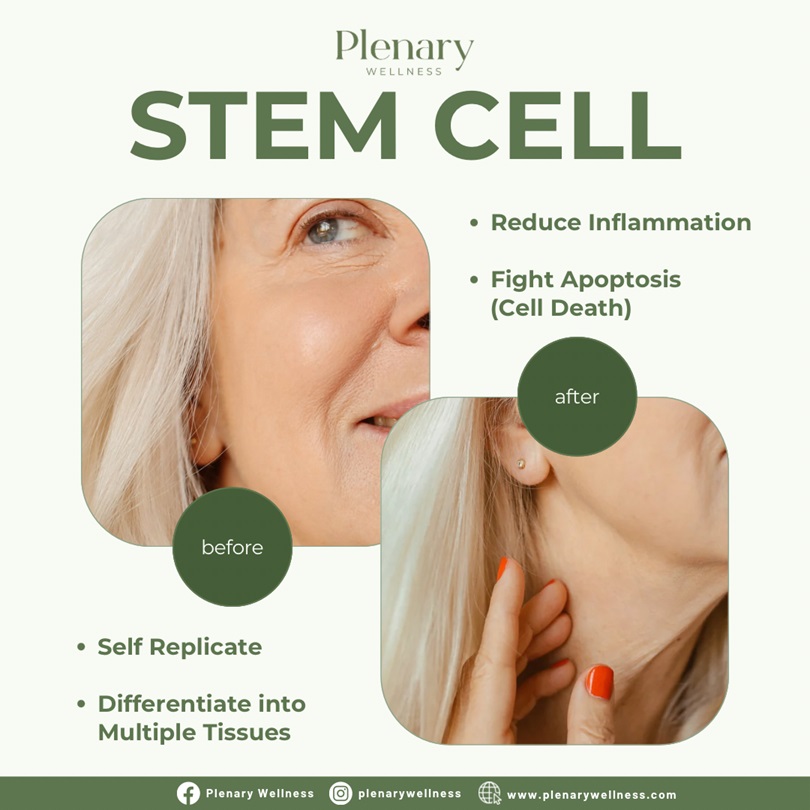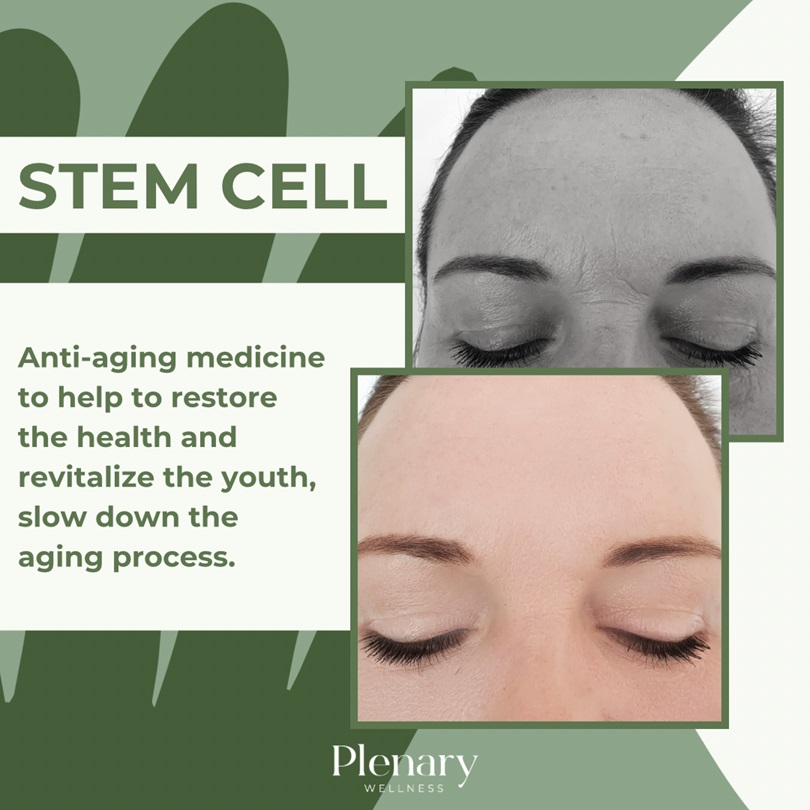Внутривенная терапия стволовыми клетками на Пхукете предполагает введение стволовых клеток в кровоток, где они циркулируют и потенциально взаимодействуют с различными тканями и органами. Понимание того, как эта терапия действует после введения, сложно и включает в себя ряд биологических процессов:
Механизмы действия
1. Циркуляция и возвращение:
Первичная циркуляция: После внутривенного введения стволовые клетки попадают в кровоток и циркулируют по всему организму. Распределение этих клеток зависит от различных факторов, включая размер клеток и состояние сосудистой системы пациента.
Наведение: Некоторые стволовые клетки способны направлять свои силы в определенные ткани или органы, где они необходимы. Этот процесс подразумевает, что стволовые клетки реагируют на сигналы от поврежденных тканей, которые могут включать химические сигналы или воспалительные факторы.
2. Приживление и интеграция:
Приживление: Чтобы стволовые клетки были эффективными, они должны прижиться или интегрироваться в целевую ткань. Это означает, что стволовые клетки должны прикрепиться к ткани, на что может влиять микроокружение ткани.
Дифференциация: Попав в целевую ткань, стволовые клетки могут дифференцироваться в определенные типы клеток, необходимые для восстановления. Например, в поврежденном сердце стволовые клетки могут дифференцироваться в кардиомиоциты (клетки сердечной мышцы).
3. Паракринные эффекты:
Секреция факторов роста: даже если стволовые клетки не интегрируются напрямую в поврежденные ткани, они могут оказывать терапевтические эффекты посредством секреции факторов роста, цитокинов и внеклеточных везикул. Эти факторы могут способствовать восстановлению тканей, уменьшать воспаление и модулировать иммунный ответ.
4. Иммуномодуляция:
Противовоспалительные эффекты: некоторые стволовые клетки, такие как мезенхимальные стволовые клетки (МСК), обладают иммуномодулирующими свойствами. Они могут уменьшать воспаление, влияя на активность иммунных клеток и секрецию противовоспалительных цитокинов.

